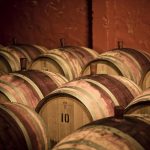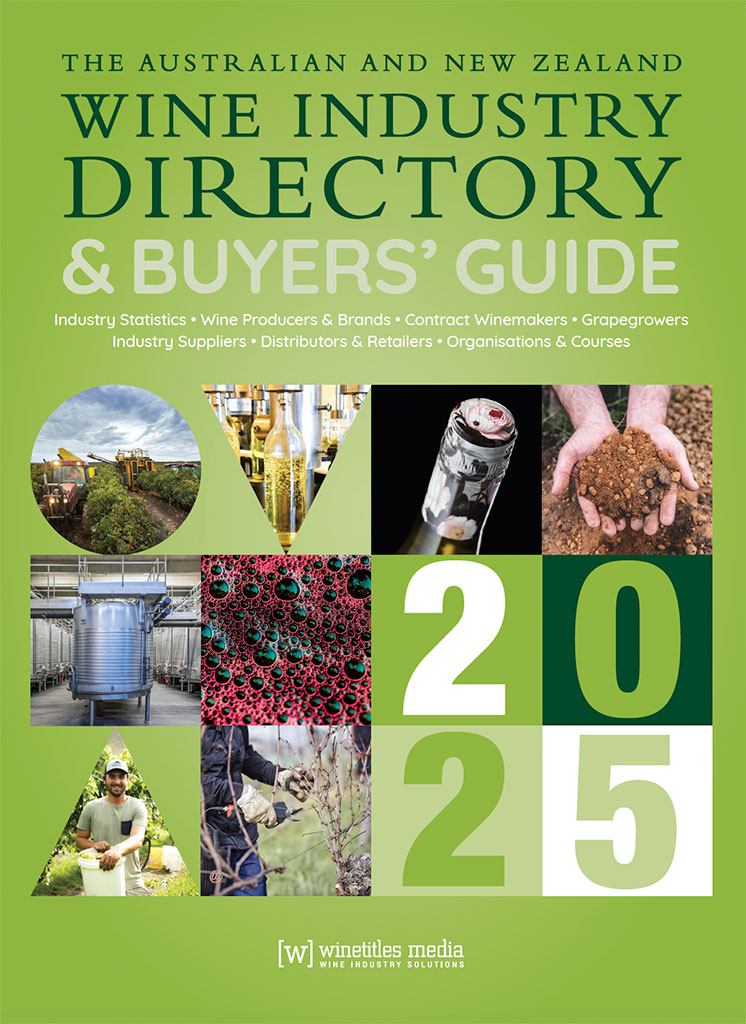The Moculta dam in the Barossa Valley. Image courtesy TWE
Treasury Wine Estates (TWE) launched its 2024 Sustainability Report on Friday, highlighting the key initiatives and achievements in its sustainability strategy.
The company said “significant progress” has been made on the commitments in the enhanced strategy since its launch in 2021, with a focus on fostering healthy and inclusive communities, producing sustainable wines, and building a resilient business.
The report highlighted an advancement on water stewardship, reduction of greenhouse gas emissions, increased certification levels, and adaptions that ‘respond to the broader impacts of climate change’. It also outlined improvements in safety, technological innovation, and a solar installation program that has the business on track to being powered by 100% renewable electricity by the end of 2024.
TWE global director of sustainability Michael Parks said the progress reflected an increased focus on sustainability across all divisions and regions, and said that further progress in this ‘decade for action’ relies on collaboration between the public and private sectors, and within the industry.
“We’re proud of the way sustainability has become embedded in our business, with our global teams getting involved in initiatives that are delivering significant outcomes for our business and the communities that we operate in,” said Parks.
“As a global agricultural business operating in some of the world’s most famous winemaking regions, we recognise our impact on the natural environment and our exposure to the impacts of the changing climate.
“We’ve always been committed to making positive contributions to the communities we’re part of, working alongside our industry partners and associations, government, our grower community and our customers.”
According to the report, TWE has reduced its greenhouse gas emissions (scope 1 and 2) by 66% since the financial year 2021, and has ‘switched on’ 24 solar projects in financial year 2024, an investment which it expects to reach near $30 million in onsite solar capacity by 2025.
Of the winery and vineyard sites owned and leased by TWE globally, 99.2% have maintained the relevant sustainability certifications, and smart water meters have been installed on 94% of TWE sites operating in high-risk catchment areas.
The company has recorded a 39% reduction in the 3-year rolling Serious Safety Incident Frequency Rate, and stated that 100% of primary risk assessments were completed for all contracted spend within the supply chain.
Adapting to climate change in South Australia’s Barossa Valley
In an effort to adapt to the changing climate, TWE invested $1 million into an enclosed vineyard canopy at its 14-hectare Koonunga Hill vineyard in the Barossa Valley. Grapes from this site go into some of the most renowned wines in the Penfolds portfolio, and the region is considered a higher-risk water catchment area and is prone to frost and hot wind. The canopy offers protection against these effects, reducing variability in growing conditions. According to the sustainability report, early results from the canopy’s first season are promising.
To help preserve water levels in dams, TWE has launched a multi-year dam lining and covering project to minimise leaks and evaporation, with three projects currently underway in South Australia’s Barossa Valley. Leaky dam liners can result in a volume loss of up to 10% a year, and depending on climatic conditions, dams can also lose 10% – 30% a year through evaporation. In the US, TWE also installed dam level sensors to obtain real-time data about water levels, helping to track losses.
TWE said that introducing electric and autonomous equipment such as tractors and drones across vineyards and production facilities in a number of regions has reduced its carbon footprint, as well as application costs for crop protection and weed control, which ‘complements’ traditional methods such as cover cropping and grazing to reduce the need for additional pest control. The company said it is also exploring novel techniques and materials like disease-resistant varieties and aerial imaging to identify weed outbreaks.
Are you a Daily Wine News subscriber? If not, click here to join our mailing list. It’s free!





















